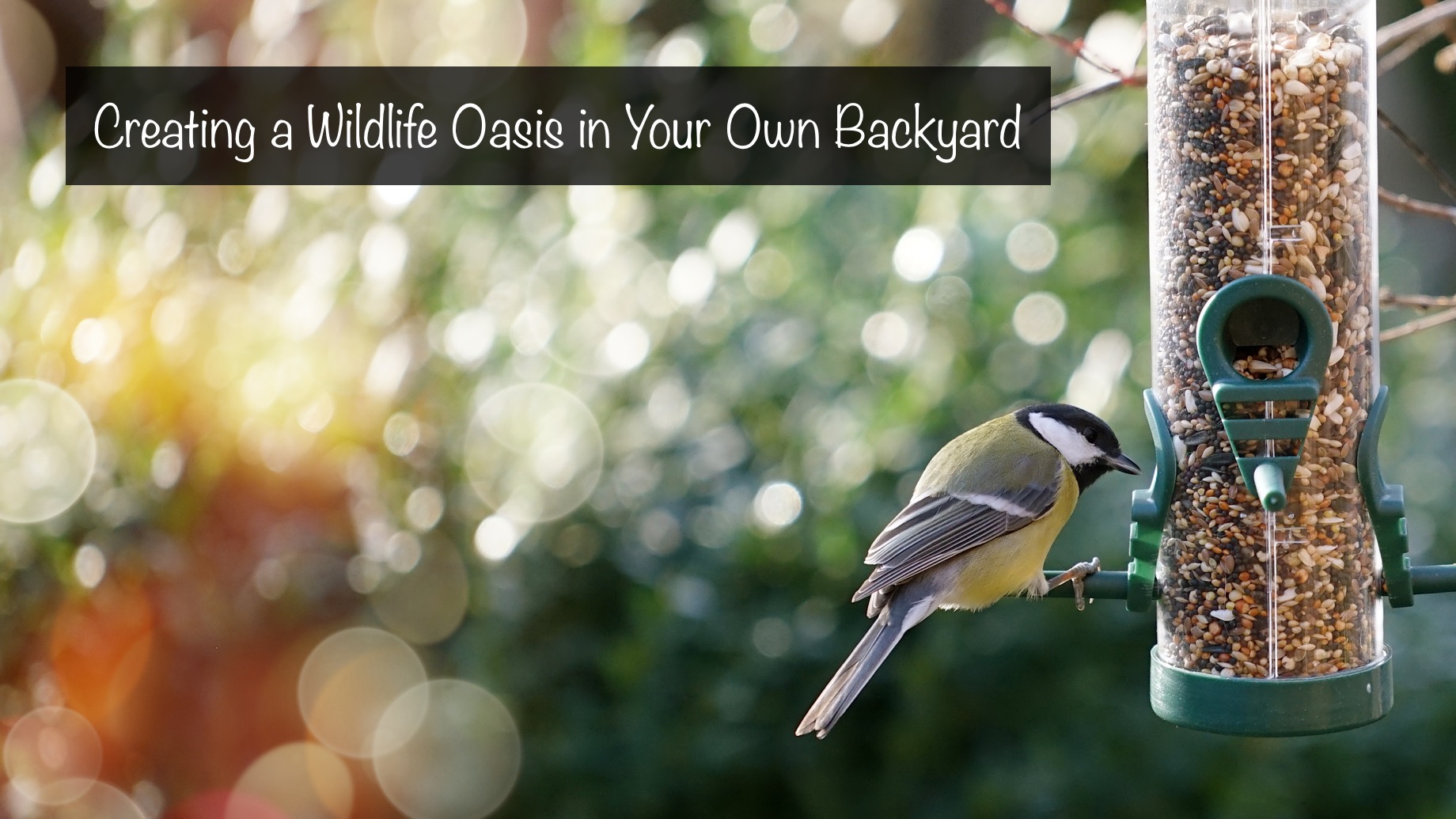
There has been a big honeybee decline — from six million hives in 1947 to just 2.4 million hives in 2008. These days, reports Greenpeace, bee colonies can suffer losses of 30-50% in a typical winter, with some of the biggest bugbears of this useful species including pesticides, the conversion of grasslands into monoculture farms, and a lack of ecological agriculture. You may have noticed that your own area was once home to bees, birds, and other wildlife. If you would like to invite these creatures into your backyard, the following tips may help.
Planting Native Trees and Shrubs
You can help to support various different types of wildlife by planting native trees and shrubs. Doing so will make your backyard a wildlife oasis, giving birds, pollinators, and mammals a palace to rest, nest, and breed. Make it a point to plant a few edibles (plants bearing fruits and seeds) so that fruit-eating wildlife have snack sources when food is otherwise scarce. Talk to local nursery staff if you are new to gardening, asking them to recommend native species that are easy to grow and maintain in good health.
Removing Toxins from Your Lawn
Once you have made your choice, plan your new landscaping design and consider removing plants or shrubs that have no use to wildlife or that could be detrimental to them. Keep a list of toxic compounds on hand to avoid dangerous fertilizers and lawn care products, opting instead for products that are safe for birds and other animals. Safe fertilizer choices include seaweed (which usually comes in spray form — make sure it is pure and contains no toxins), fish emulsion (this can burn plants so use it as indicated), manure (previously composted for four months so that there is no odor), compost, and bone meal.
Feeders and Wildlife Tables for Birds
Consider filling your garden with feeders (hang these from trees if possible), containing specialist millet mixes. Find out first what species favor your area and provide food accordingly. Also, make sure birds have plenty of water to drink, setting up a fountain, birdbath, or bird water feeder to ensure they stay hydrated. Don’t feed birds with bread, since this food is not nutritious. If you have a wildlife table, use it to tempt birds with foods like black sunflower seeds, mild grated cheese, mealworms, waxworms, loose peanuts, insectivorous bird food mixes, and the like.
Let Your Grass Grow
Don’t be assiduous with your mowing duties, in fact, consider leaving your lawn for around a month and allow weeds and wildflowers to grow. Some wildflowers are excellent pollinators, capable of attracting bee populations and helping them thrive. By mowing your lawn less, you will give flowers and other new plant species a chance to bloom and you may actually decide you like the beautiful, colorful, prairie-like appearance your yard has taken on.
Bee populations are dwindling and you may notice that you no longer hear as many appealing bird and insect noises. You can do your share to boost local ecosystems by planting native trees, plants, and shrubs, and by letting your grass grow. Use organic, sustainable methods to grow and care for your plants and study every compound you use in your yard. Doing so may help save the lives of birds, bees, and small mammals.